Reverse cycle air conditioning, often referred to as heat pumps, stands as a pinnacle of innovation in climate control technology. Unlike traditional systems, these marvels of engineering don't just cool your space in the scorching heat; they also efficiently warm it during chilly winters. How? By harnessing the principles of thermodynamics, they extract heat energy from the ambient air outside, even in cold temperatures, and transfer it indoors.
This dual functionality not only ensures year-round comfort but also slashes energy bills, making it a win-win for both your comfort and your wallet. But that's not all. Reverse cycle air conditioning systems boast eco-friendly credentials, as they significantly reduce carbon emissions compared to conventional heating methods.
At Think and Grow Renewable, we're committed to empowering you with knowledge and solutions that not only enhance your lifestyle but also contribute to a greener, more sustainable future.
How Do They Work?
We understand the importance of efficient climate control. Our reverse cycle air conditioning systems offer unparalleled versatility by both heating and cooling your space with a single unit. By extracting heat from the air outside and transferring it indoors during colder months, and vice versa during warmer seasons, our systems ensure year-round comfort and energy savings.
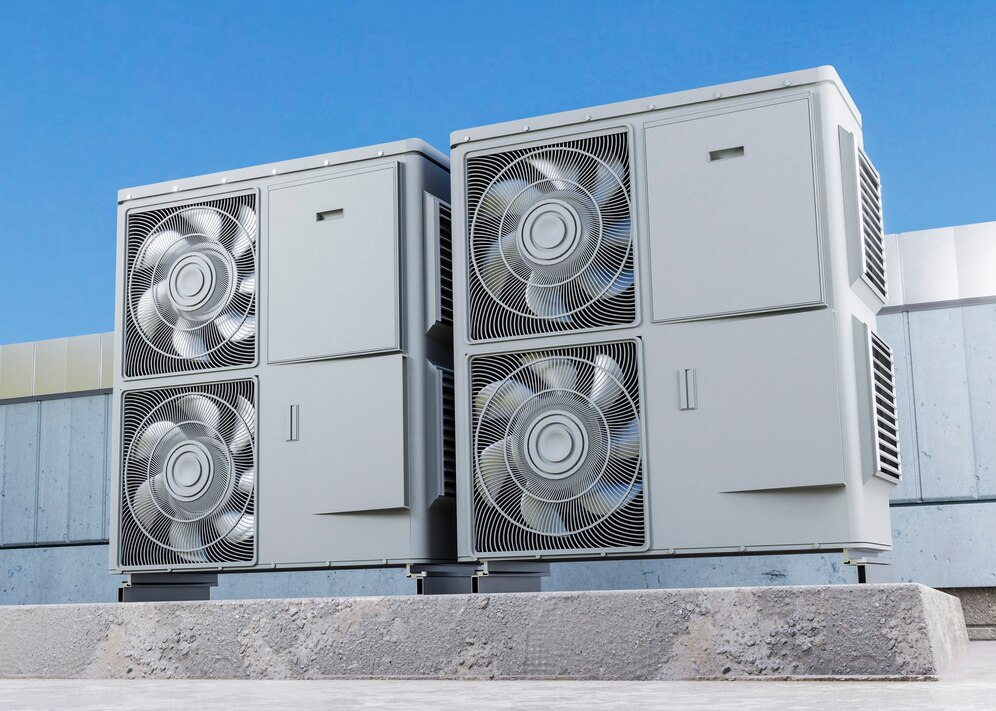
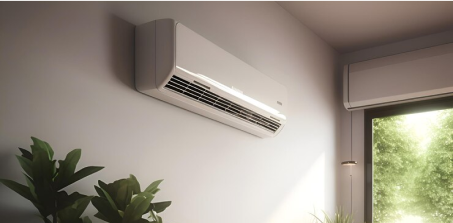
Types of Reverse Cycle Air Conditioning
Various types of reverse cycle air conditioning are available for selection, with the choice depending on factors such as the size of one's home and the number of rooms requiring heating or cooling.
1
Split Systems
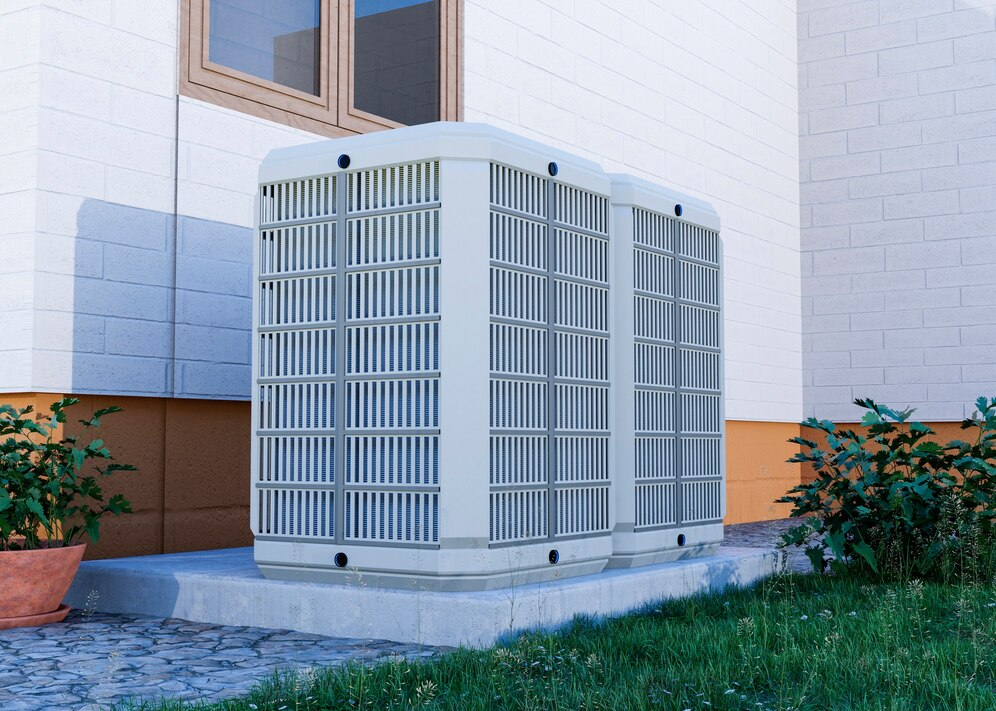
Split system reverse cycle air conditioning is a smart solution for maintaining indoor comfort year-round.
Combining both heating and cooling capabilities, these systems offer efficient climate control for homes and businesses.
Split system consists of two main components: an indoor unit and an outdoor unit.
The indoor unit is typically installed on a wall or ceiling, while the outdoor unit is positioned outside the building.
These systems utilize refrigerant to transfer heat, allowing them to provide both cooling during hot months and heating during colder seasons.
One of the primary advantages of the split system is its versatility. By offering both cooling and heating functions in a single unit, it eliminates the need for separate systems, saving space and installation costs. Additionally, these systems are known for their energy efficiency, helping to reduce utility bills while maintaining optimal comfort levels.

2
Multi-Split Systems
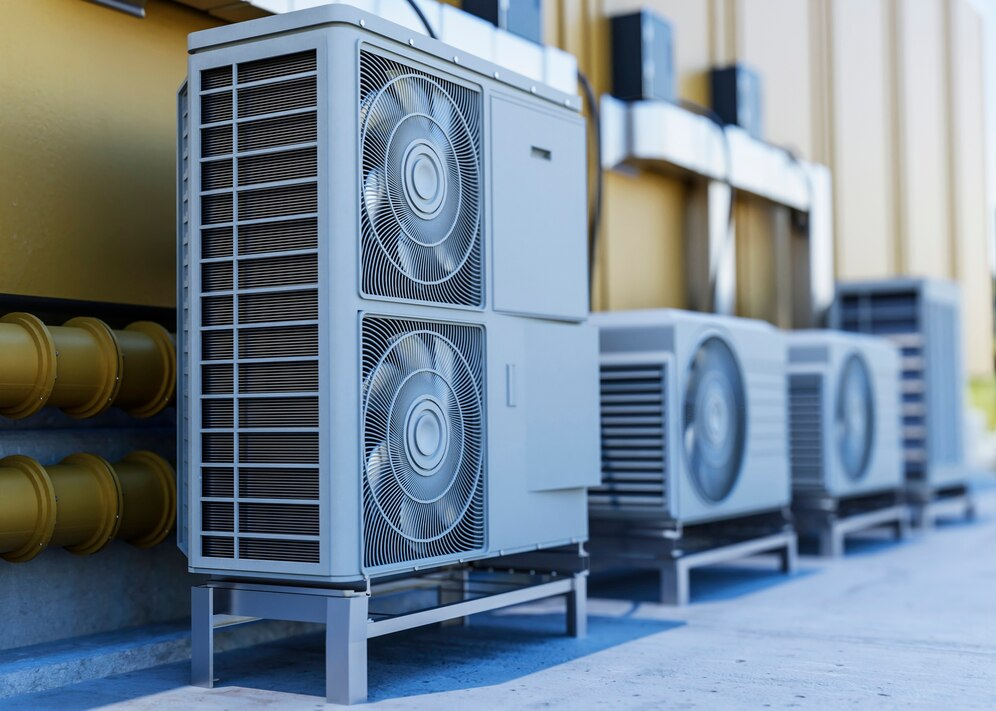

The multi-split system operates on the principle of heat exchange, leveraging outdoor and indoor units to regulate temperature effectively. Unlike traditional systems, this setup allows for independent control of multiple indoor units connected to a single outdoor compressor, offering personalized climate control for different zones within a property. Whether it's a residential space, office complex, or commercial establishment, the multi-split system caters to various needs with precision and flexibility.
One of the standout features of this system is its reverse cycle capability, enabling seamless transition between cooling and heating modes at the touch of a button. By harnessing the latent heat present in the atmosphere, the system efficiently warms up interiors during chilly winters while keeping them cool and refreshing during scorching summers, all without the need for separate installations.
Moreover, the multi-split system boasts enhanced energy efficiency, thanks to advanced technologies like inverter-driven compressors and smart sensors. These components work in tandem to optimize power consumption based on real-time requirements, resulting in substantial energy savings and reduced environmental impact.
3
Ducted AC Systems
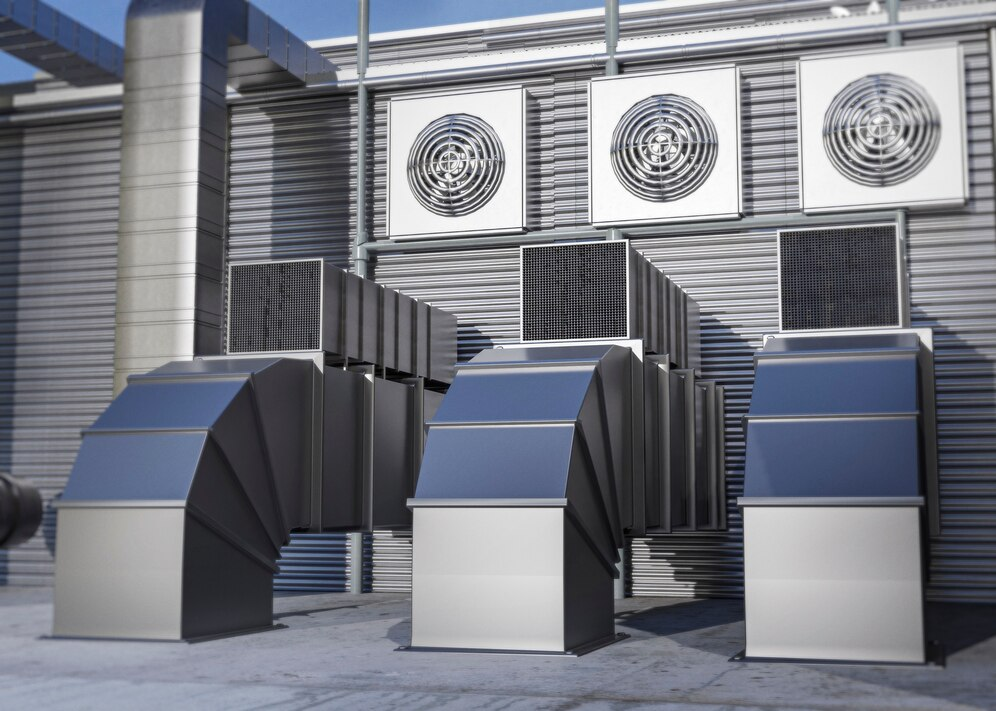
Ducted AC Systems operates on a simple yet ingenious principle. Utilizing a refrigeration cycle, it efficiently extracts heat from indoor spaces during summer, providing refreshing cool air. Conversely, during colder months, it reverses this process, harnessing ambient warmth from the outdoor environment and circulating it indoors, ensuring cozy interiors regardless of external conditions.
One of the most notable advantages of ducted reverse cycle systems lies in their uniform distribution of conditioned air. Through strategically positioned ducts, the system disperses air evenly across every corner of the building, eliminating hotspots and cold zones. This results in consistent comfort levels throughout the premises, enhancing productivity and well-being.
Moreover, these systems are renowned for their energy efficiency. By harnessing existing heat energy from the surroundings, they minimize reliance on electricity for heating, contributing to reduced energy bills and environmental sustainability.

What Are The Benefits of Using a Reverse Cycle Air Conditioning?
Energy efficient
Filters and dehumidify the air
Runs quietly
Good for the environment
Extremely sturdy
Provides both heating and cooling
